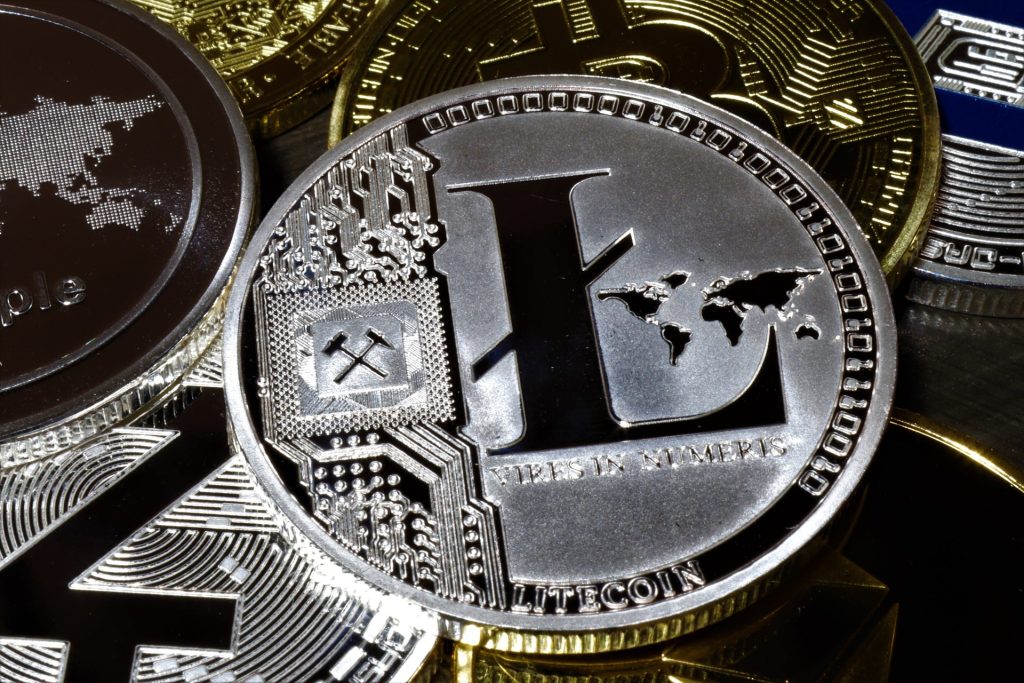
Litecoin, the twelfth largest cryptocurrency by market capitalization, experienced a phenomenon known as halving (in Polish, ‘halving’ means splitting in half) today. What does this mean for the future of Litecoin?
In the world of cryptocurrencies, the term “halving” refers to the moment when the rewards for mining a particular cryptocurrency are cut in half, which means fewer new digital coins are created. This is a phenomenon that occurs in a cycle approximately every four years and is characteristic not only for Litecoin but also for Bitcoin, from which Litecoin originates as a so-called “fork”, or offshoot.
The purpose of “halving” is to reduce the rate of inflation in the network – fewer coins mean a higher value for each individual coin. In theory, this should raise the price, assuming the rest of the network remains unchanged. “Like gold, the assumption is that over time the number of litecoins issued will decrease, becoming a rarer resource” – we read on a website dedicated to this event.
However, so far Litecoin, traded on exchanges as LTC, has not experienced a price increase. Quite the contrary: the coin’s price fell by 3.8% in the last 24 hours, and one unit is currently worth 89.02 dollars, according to data from CoinGecko [https://www.coingecko.com/].
Litecoin, created in 2011 by former Google employee Charlie Lee, was intended to be a faster and cheaper version of Bitcoin. Lee created a new cryptocurrency by copying and slightly modifying Bitcoin’s code, a process colloquially known as a “fork”.
The goal was to create a peer-to-peer cash system cheaper than the oldest and most recognized digital currency. So far, Litecoin has not succeeded in overtaking Bitcoin in terms of adoption, though there have recently been some signs of revival.
EDX Markets, a new cryptocurrency exchange with Wall Street backing aimed at institutional investors, added LTC to their list alongside Bitcoin, Bitcoin Cash, and Ethereum. Why? It is unlikely to be targeted by regulators as an unregistered security.
This caused the asset’s value to jump, and Litecoin once again found itself in the top ten largest cryptocurrencies. Since then, however, it has fallen back to the twelfth position.
The final reflection on Litecoin’s “halving” is therefore mixed. Whether reducing the number of new coins will lead to an increase in their value remains to be seen. Nothing is certain in cryptocurrencies, and “halving” is just one of many factors influencing market movements.
